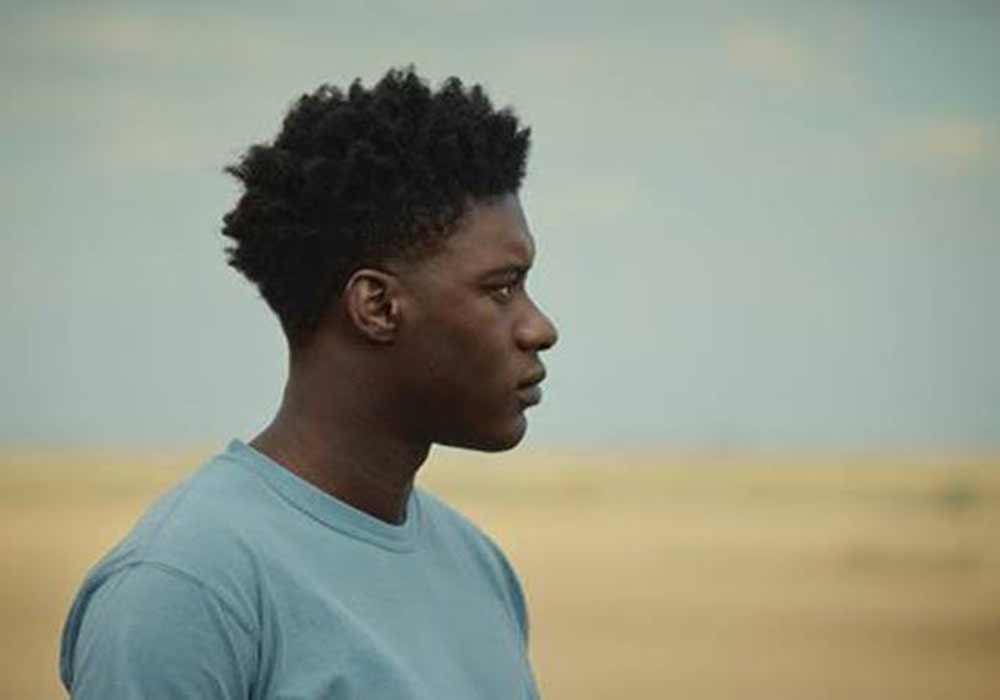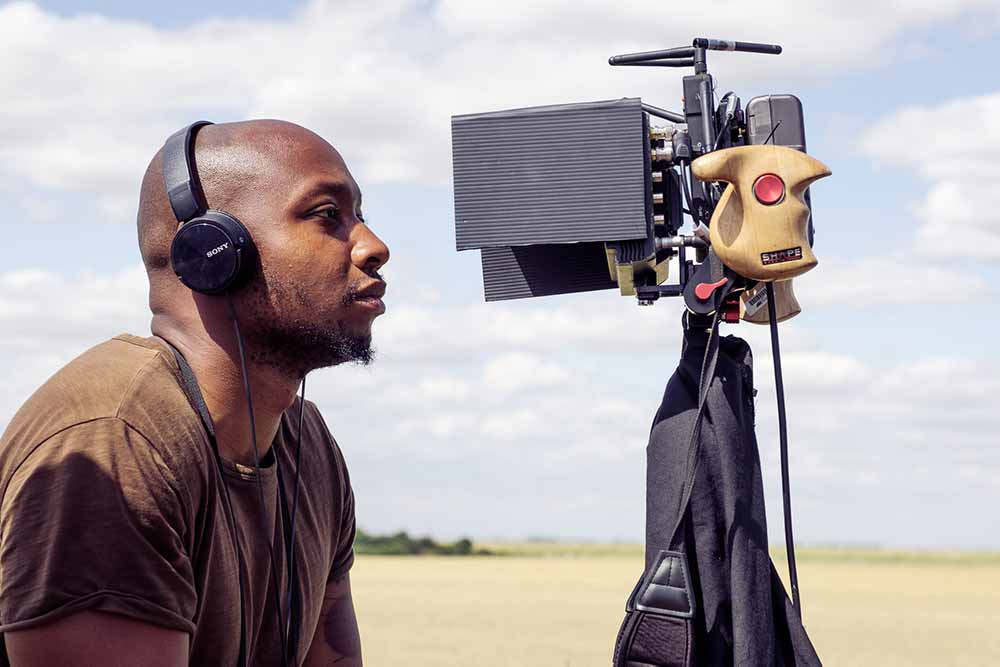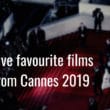In this interview, Shola Amoo discusses The Last Tree, making a highly subjective coming-of-age tale that’s set over three distinct locations that were important to him in his own teen years.

One of the best coming-of-age stories at the 2019 Sundance London Film Festival was Shola Amoo’s semi-autobiographical sophomore feature. The Last Tree tells the story of Femi during three seminal points in his youth: growing up with a foster mum in Lincolnshire, his teen years spent in London with his birth mother, and returning to his birthplace of Lagos as a young adult.
Amoo channels the entire film through Femi’s singular perspective. We’re not at all objective observers; rather, we see, hear, and feel as Femi does. The Last Tree is quite visually stylised, with surreal sequences, slow motion, and distorted sound that warps the world to fit the perspective of a young child or a conflicted teen. Even Femi’s tumultuous relationship with his single mother is depicted through Femi’s eyes: we see her as an antagonist. When we’re given a glimpse into her perspective and come to realise everything she’s been through, Femi’s eyes are opened, as well. We come to realisations with him.
At the festival, I sat down with Amoo to interview him about The Last Tree, using subjective film techniques to tell such a personal story.
Seventh Row (7R): How did you and your DP work together to devise the film’s stylised aesthetic?
Shola Amoo: Me and my DP, Stil Williams, have collaborated before. We worked on a Sundance short called Dear Mr. Shakespeare.
We wanted to keep the aesthetic of Dear Mr. Shakespeare but evolve it. The aesthetic of Dear Mr. Shakespeare is very fluid, with constant movement. It worked with the energy of the piece. We felt that The Last Tree would similarly require a real injection of kinetic energy and pace. That aligned with the idea of telling a narrative from a single character’s perspective and then building everything around that perspective, which meant being able to follow characters over long, developing shots.
We were also obsessed with the concept of how to get black skin to pop on screen, which I felt hadn’t been explored fully in British cinema. We were testing different stocks and lenses to enable that to happen.
[click_to_tweet tweet=”‘We were also obsessed with the concept of how to get black skin to pop on screen, which I felt hadn’t been explored fully in British cinema.'” quote=”‘We were also obsessed with the concept of how to get black skin to pop on screen, which I felt hadn’t been explored fully in British cinema.'”]7R: So you took a different visual approach to each section?
Shola Amoo: Yes, we did. And they’re very subtle. In Lincolnshire, for example, it’s widescreen with a lot of camera support, lots of Steadicam. That gives us a sense of the freedom in the landscape.
London is a lot more restrictive, with a shallow depth of field, because it’s meant to be a bit grittier to some degree. [There’s] lots of handheld so it isn’t as fluid, except for stylised moments.
Lagos is kind of like an amalgamation of the two. It’s a space that has the bustle of London, but there’s still the vistas and the sun hitting faces that Lincolnshire has.
7R: You get amazing performances from these very young actors. What’s your process for working with them?
Shola Amoo: I like to cast as close to the bone as possible. We took our time to find the kids. We just worked in a way where once we knew that they were the character, we built the character with them.
The kids didn’t work with a script. There was a little bit of workshopping, but mostly just finding the tone and the language of the film in their voice instead of trying to bring them to the place that’s in the script. So it would feel as organic as possible and fluid as possible.
Our shooting style of developing shots and following characters meant that we could really let them lead and we could follow them. I have a background in documentaries. It was really about the moments we could capture rather than the moments that had to be set up to be designed.

7R: Did you have time to work with them before shooting started?
Shola Amoo: Yes, we had a very, very brief rehearsal period. It was just about getting their understanding of the character and then finding a way, in their own voice, for them to communicate that rather than giving them a script. We tried to be as organic as possible.
7R: The sense of place is really important in this film. In that respect, how did you think of using sound design to create that sense of place in the three main locations?
Shola Amoo: Sound design worked similar to the way that the camera worked with the idea of keeping it through the character’s perspective. There’s a lot of what we call, ‘mental space’, where you really feel you’re in Femi’s head, and it’s quite surreal at points. Because the story’s channelled through such a singular perspective, it gave us a lot of licence to be really creative: to distort sound, to amplify sound, all as if you’re in Femi’s head.
It was very much working with actual sound, especially in Lincolnshire and in Lagos. We were finding ways to have a foundation that’s natural but then allowing the fact that it’s from a singular perspective to distort the sounds and manipulate things in a way that seemed appropriate to what Femi was experiencing.
There’s this scene where he’s in the lift, and he gets to Mace’s[, the drug dealer for whom Femi starts to work,] and Mace’s voice sounds crazy distorted. It’s because, psychologically, this guy appears larger than life. And then we bring it to a more natural state when they get into the conversation.
7R: The score was also really memorable. It made the film feel very cinematic and sweeping. How did you decide that’s the effect you wanted the music to have?
Shola Amoo: I feel like music’s such an important part of identity, particularly as a young person. It plays into Femi’s weird identity crisis. The music he’s listening to in his headphones isn’t particularly what a young black man “should” be listening to. I always found The Cure to have a cinematic quality, as a band, and I felt that it aligned with Femi’s personal identity really well. The way that Robert Smith has these kinds of exterior masks… it all chimes with what I was trying to do with the character of Femi: the idea that he exists behind masks.
The Last Tree will be released in UK cinemas on September 20th. This interview with Shola Amoo was conducted at Sundance London.

